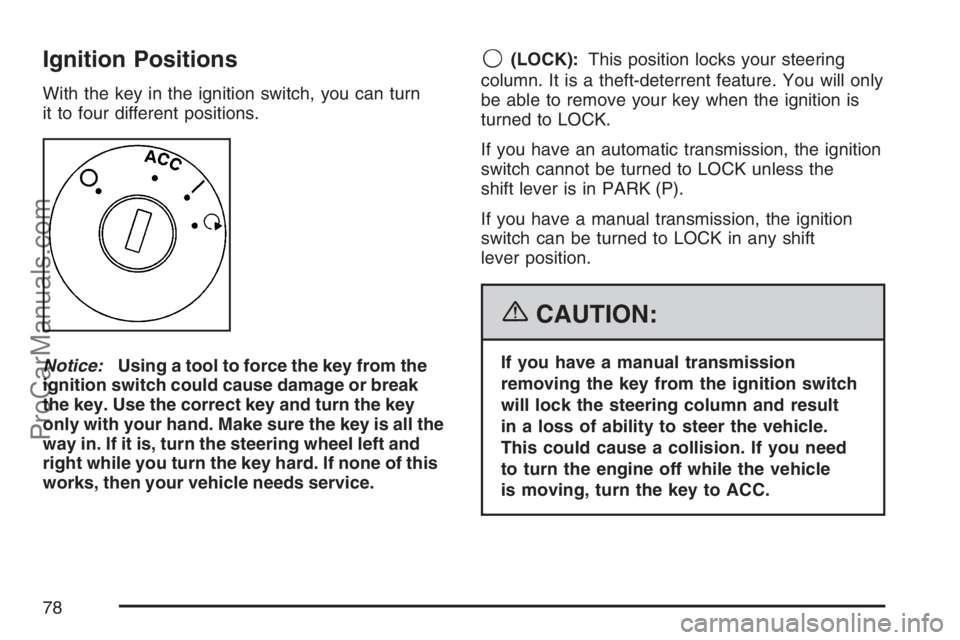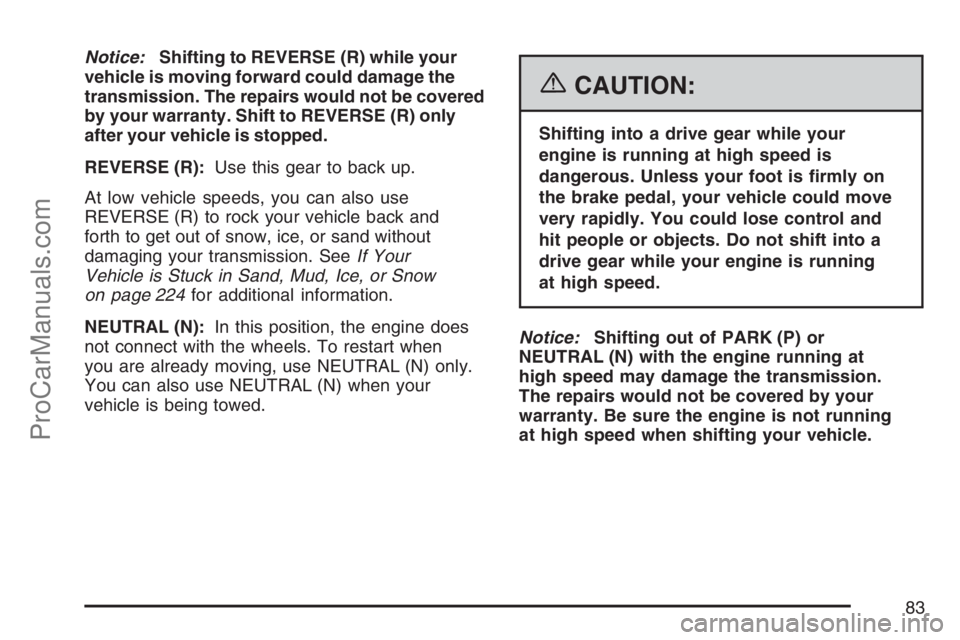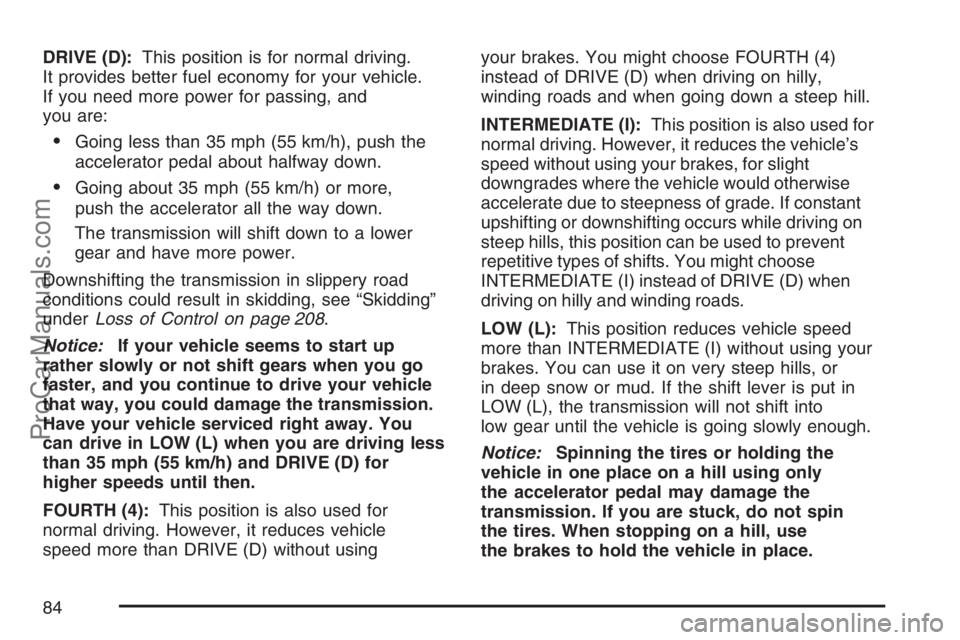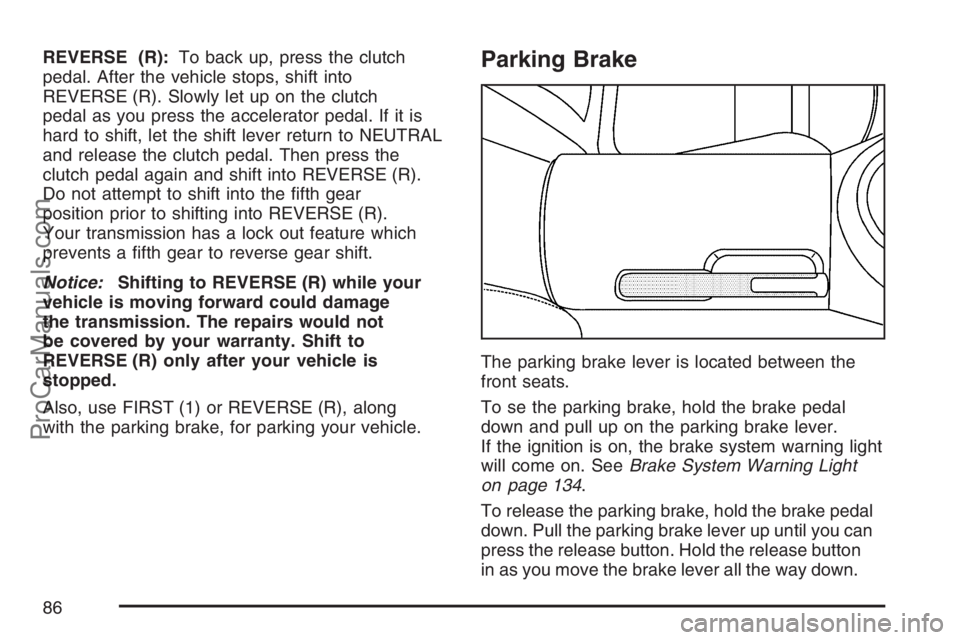transmission SATURN SKY 2007 Owners Manual
[x] Cancel search | Manufacturer: SATURN, Model Year: 2007, Model line: SKY, Model: SATURN SKY 2007Pages: 384, PDF Size: 2.47 MB
Page 59 of 384

Keys.............................................................. 60
Remote Keyless Entry (RKE) System.......... 62
Remote Keyless Entry (RKE)
System Operation.................................... 63
Doors and Locks.......................................... 66
Manual Door Locks..................................... 66
Power Door Locks....................................... 67
Delayed Locking.......................................... 67
Automatic Door Lock................................... 68
Automatic Door Unlock................................ 68
Trunk.......................................................... 68
Windows....................................................... 71
Power Windows.......................................... 72
Sun Visors.................................................. 72
Theft-Deterrent Systems............................... 73
Content Theft-Deterrent............................... 73
PASS-Key
®III+........................................... 75
PASS-Key®III+ Operation........................... 75
Starting and Operating Your Vehicle........... 77
New Vehicle Break-In.................................. 77
Ignition Positions......................................... 78
Retained Accessory Power (RAP)............... 79Starting the Engine..................................... 80
Automatic Transmission Operation............... 82
Manual Transmission Operation................... 85
Parking Brake............................................. 86
Shifting Into Park (P)
(Automatic Transmission)......................... 87
Shifting Out of Park (P)............................... 89
Parking Your Vehicle
(Manual Transmission)............................. 89
Parking Over Things That Burn................... 90
Engine Exhaust........................................... 91
Running the Engine While Parked............... 92
Mirrors........................................................... 93
Manual Rearview Mirror.............................. 93
Manual Rearview Mirror with OnStar
®......... 93
Outside Power Mirrors................................. 93
OnStar
®System............................................ 94
Storage Areas............................................... 99
Glove Box................................................... 99
Cupholder(s)............................................... 99
Center Console Storage Area.................... 100
Convertible Top.......................................... 100
Section 2 Features and Controls
59
ProCarManuals.com
Page 68 of 384

Automatic Door Lock
If your vehicle has power door locks, the doors will
automatically lock when the shift lever is moved
out of PARK (P) for a vehicle with an automatic
transmission. For a vehicle with a manual
transmission, the speed must be greater than
5 mph (8 km/h).
The automatic door locking feature cannot be
disabled.
Automatic Door Unlock
If your vehicle has an automatic transmission and
power door locks, the doors with automatically
unlock when the shift lever is moved into
PARK (P).
If your vehicle has a manual transmission and
power door locks, the doors will automatically
unlock when the key is removed from the ignition.The automatic unlock feature can be disabled or
programmed in different ways if the vehicle has
an automatic transmission. SeeDIC Vehicle
Personalization on page 152for more information.
Trunk
To release the trunk lid use either the Remote
Keyless Entry (RKE) transmitter, or see “Remote
Trunk Release” following.
{CAUTION:
It can be dangerous to drive with
the trunk lid open because carbon
monoxide (CO) gas can come into your
vehicle. You cannot see or smell CO.
CAUTION: (Continued)
68
ProCarManuals.com
Page 78 of 384

Ignition Positions
With the key in the ignition switch, you can turn
it to four different positions.
Notice:Using a tool to force the key from the
ignition switch could cause damage or break
the key. Use the correct key and turn the key
only with your hand. Make sure the key is all the
way in. If it is, turn the steering wheel left and
right while you turn the key hard. If none of this
works, then your vehicle needs service.
9(LOCK):This position locks your steering
column. It is a theft-deterrent feature. You will only
be able to remove your key when the ignition is
turned to LOCK.
If you have an automatic transmission, the ignition
switch cannot be turned to LOCK unless the
shift lever is in PARK (P).
If you have a manual transmission, the ignition
switch can be turned to LOCK in any shift
lever position.
{CAUTION:
If you have a manual transmission
removing the key from the ignition switch
will lock the steering column and result
in a loss of ability to steer the vehicle.
This could cause a collision. If you need
to turn the engine off while the vehicle
is moving, turn the key to ACC.
78
ProCarManuals.com
Page 80 of 384

Starting the Engine
Place the transmission in the proper gear.
Automatic Transmission
Move your shift lever to PARK (P) or
NEUTRAL (N). Your engine will not start in
any other position -- this is a safety feature.
To restart when you are already moving, use
NEUTRAL (N) only.
Notice:Do not try to shift to PARK (P) if your
vehicle is moving. If you do, you could
damage the transmission. Shift to PARK (P)
only when your vehicle is stopped.
Manual Transmission
The shift lever should be in the neutral position
and the parking brake engaged. Hold the
clutch pedal to the �oor and start the engine.
Your vehicle will not start if the clutch pedal is
not all the way down. That is a safety feature.
Starting Procedure
1. With your foot off the accelerator pedal, turn
the ignition key to START. When the engine
starts, let go of the key. The idle speed will go
down as your engine gets warm. Do not
race the engine immediately after starting it.
Operate the engine and transmission gently to
allow the oil to warm up and lubricate all
moving parts.
Your vehicle has a Computer-Controlled
Cranking System. This feature assists in
starting the engine and protects components.
If the ignition key is turned to the START
position, and then released when the engine
begins cranking, the engine will continue
cranking for a few seconds or until the vehicle
starts. If the engine does not start and the
key is held in START for many seconds,
cranking will be stopped after 15 seconds
to prevent cranking motor damage.
80
ProCarManuals.com
Page 81 of 384

To prevent gear damage, this system also
prevents cranking if the engine is already
running. Engine cranking can be stopped by
turning the ignition switch to ACC or LOCK.
Notice:Cranking the engine for long periods
of time, by returning the key to the START
position immediately after cranking has ended,
can overheat and damage the cranking
motor, and drain the battery. Wait at least
15 seconds between each try, to allow
the cranking motor to cool down.
2. If the engine does not start after 5-10 seconds,
especially in very cold weather (below 0°F
or−18°C), it could be �ooded with too much
gasoline. Try pushing the accelerator
pedal all the way to the �oor and holding it
there as you hold the key in START for up to
a maximum of 15 seconds. Wait at least
15 seconds between each try, to allow the
cranking motor to cool down. When the engine
starts, let go of the key and accelerator.If the vehicle starts brie�y but then stops
again, do the same thing. This clears the extra
gasoline from the engine. Do not race the
engine immediately after starting it. Operate
the engine and transmission gently until the oil
warms up and lubricates all moving parts.
Notice:Your engine is designed to work with
the electronics in your vehicle. If you add
electrical parts or accessories, you could
change the way the engine operates. Before
adding electrical equipment, check with
your retailer. If you do not, your engine might
not perform properly. Any resulting damage
would not be covered by your vehicle’s
warranty.
81
ProCarManuals.com
Page 82 of 384

Automatic Transmission Operation
If your vehicle has an automatic transmission,
the shift lever is located on the center console
between the front seats.
There are several
different positions for
the shift lever.
PARK (P):This position locks the rear wheels.
It is the best position to use when you start the
engine because your vehicle cannot move easily.{CAUTION:
It can be dangerous to get out of your
vehicle if the shift lever is not fully in
PARK (P) with the parking brake �rmly
set. Your vehicle can roll. If you have left
the engine running, the vehicle can move
suddenly. You or others could be injured.
To be sure your vehicle will not move,
even when you are on fairly level ground,
use the steps that follow.
Make sure the shift lever is fully in PARK (P)
before starting the engine. Your vehicle has an
automatic transmission shift lock control system.
You must fully apply your regular brakes �rst
and then press the shift lever button before you
can shift from PARK (P) when the ignition key is
in RUN. If you cannot shift out of PARK (P),
ease pressure on the shift lever and push the
shift lever all the way into PARK (P) as you
maintain brake application. Then press the shift
lever button and move the shift lever into another
gear. SeeShifting Out of Park (P) on page 89.
82
ProCarManuals.com
Page 83 of 384

Notice:Shifting to REVERSE (R) while your
vehicle is moving forward could damage the
transmission. The repairs would not be covered
by your warranty. Shift to REVERSE (R) only
after your vehicle is stopped.
REVERSE (R):Use this gear to back up.
At low vehicle speeds, you can also use
REVERSE (R) to rock your vehicle back and
forth to get out of snow, ice, or sand without
damaging your transmission. SeeIf Your
Vehicle is Stuck in Sand, Mud, Ice, or Snow
on page 224for additional information.
NEUTRAL (N):In this position, the engine does
not connect with the wheels. To restart when
you are already moving, use NEUTRAL (N) only.
You can also use NEUTRAL (N) when your
vehicle is being towed.
{CAUTION:
Shifting into a drive gear while your
engine is running at high speed is
dangerous. Unless your foot is �rmly on
the brake pedal, your vehicle could move
very rapidly. You could lose control and
hit people or objects. Do not shift into a
drive gear while your engine is running
at high speed.
Notice:Shifting out of PARK (P) or
NEUTRAL (N) with the engine running at
high speed may damage the transmission.
The repairs would not be covered by your
warranty. Be sure the engine is not running
at high speed when shifting your vehicle.
83
ProCarManuals.com
Page 84 of 384

DRIVE (D):This position is for normal driving.
It provides better fuel economy for your vehicle.
If you need more power for passing, and
you are:
Going less than 35 mph (55 km/h), push the
accelerator pedal about halfway down.
Going about 35 mph (55 km/h) or more,
push the accelerator all the way down.
The transmission will shift down to a lower
gear and have more power.
Downshifting the transmission in slippery road
conditions could result in skidding, see “Skidding”
underLoss of Control on page 208.
Notice:If your vehicle seems to start up
rather slowly or not shift gears when you go
faster, and you continue to drive your vehicle
that way, you could damage the transmission.
Have your vehicle serviced right away. You
can drive in LOW (L) when you are driving less
than 35 mph (55 km/h) and DRIVE (D) for
higher speeds until then.
FOURTH (4):This position is also used for
normal driving. However, it reduces vehicle
speed more than DRIVE (D) without usingyour brakes. You might choose FOURTH (4)
instead of DRIVE (D) when driving on hilly,
winding roads and when going down a steep hill.
INTERMEDIATE (I):This position is also used for
normal driving. However, it reduces the vehicle’s
speed without using your brakes, for slight
downgrades where the vehicle would otherwise
accelerate due to steepness of grade. If constant
upshifting or downshifting occurs while driving on
steep hills, this position can be used to prevent
repetitive types of shifts. You might choose
INTERMEDIATE (I) instead of DRIVE (D) when
driving on hilly and winding roads.
LOW (L):This position reduces vehicle speed
more than INTERMEDIATE (I) without using your
brakes. You can use it on very steep hills, or
in deep snow or mud. If the shift lever is put in
LOW (L), the transmission will not shift into
low gear until the vehicle is going slowly enough.
Notice:Spinning the tires or holding the
vehicle in one place on a hill using only
the accelerator pedal may damage the
transmission. If you are stuck, do not spin
the tires. When stopping on a hill, use
the brakes to hold the vehicle in place.
84
ProCarManuals.com
Page 85 of 384

Manual Transmission Operation
This is the shift pattern
for a manual
transmission.
Here is how to operate your manual transmission:
FIRST (1):Press the clutch pedal and shift into
FIRST (1). Then, slowly let up on the clutch pedal
as you press the accelerator pedal.
You can shift into FIRST (1) when you are going
less than 20 mph (32 km/h). If you have come to a
complete stop and it is hard to shift into FIRST (1),
put the shift lever in NEUTRAL and let up on
the clutch pedal. Press the clutch pedal back
down. Then shift into FIRST (1).SECOND (2):Press the clutch pedal as you let
up on the accelerator pedal and shift into
SECOND (2). Then, slowly let up on the clutch
pedal as you press the accelerator pedal.
THIRD (3), FOURTH (4) and FIFTH (5):Shift into
THIRD (3), FOURTH (4) and FIFTH (5) the
same way you do for SECOND (2).
To stop, let up on the accelerator pedal and press
the brake pedal. Just before the vehicle stops,
press the clutch pedal and the brake pedal,
and shift to NEUTRAL.
NEUTRAL:Use this position when you start or
idle your engine.
85
ProCarManuals.com
Page 86 of 384

REVERSE (R):To back up, press the clutch
pedal. After the vehicle stops, shift into
REVERSE (R). Slowly let up on the clutch
pedal as you press the accelerator pedal. If it is
hard to shift, let the shift lever return to NEUTRAL
and release the clutch pedal. Then press the
clutch pedal again and shift into REVERSE (R).
Do not attempt to shift into the �fth gear
position prior to shifting into REVERSE (R).
Your transmission has a lock out feature which
prevents a �fth gear to reverse gear shift.
Notice:Shifting to REVERSE (R) while your
vehicle is moving forward could damage
the transmission. The repairs would not
be covered by your warranty. Shift to
REVERSE (R) only after your vehicle is
stopped.
Also, use FIRST (1) or REVERSE (R), along
with the parking brake, for parking your vehicle.Parking Brake
The parking brake lever is located between the
front seats.
To se the parking brake, hold the brake pedal
down and pull up on the parking brake lever.
If the ignition is on, the brake system warning light
will come on. SeeBrake System Warning Light
on page 134.
To release the parking brake, hold the brake pedal
down. Pull the parking brake lever up until you can
press the release button. Hold the release button
in as you move the brake lever all the way down.
86
ProCarManuals.com